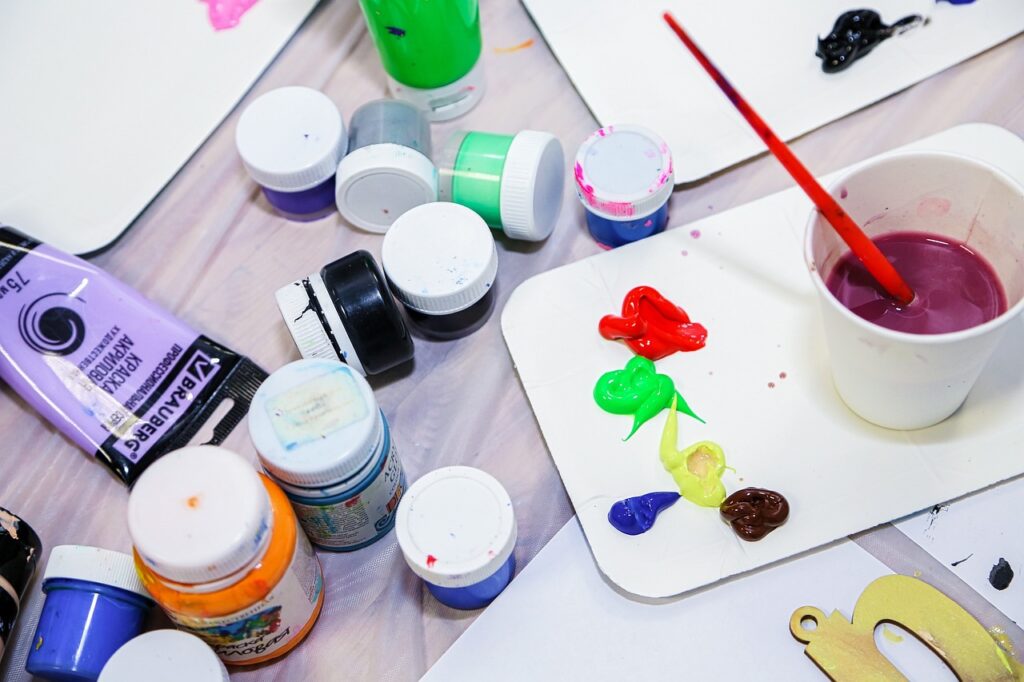Are puzzles a thing of the past? In this digital age, children are getting more consumed by screens and technology is rapidly evolving placing everything at their fingertips. We might start questioning the need for antiquated forms of entertainment such as puzzles.
But puzzles have stood the test of time and will continue to captivate our brains for centuries to come. Puzzles are one of the best play-based educational toys, as they provide not only entertainment value but developmental and cognitive benefits to our children.
There can be no overall one best puzzle. Puzzles are chosen based on how appropriate they are for the different developmental ages and stages. Below I have chosen the best puzzle for each type of puzzle listed.
What are puzzles?
When you hear the word puzzle your brain might instantly come up with a picture a typical jigsaw puzzle that we all know and love. But jigsaw puzzles aren’t the only type of puzzle in town. Over the decades people have reinvented the puzzle game, creating a variety of educational toys to increase the fun factor. To read about the benefits of puzzle for kids click here.
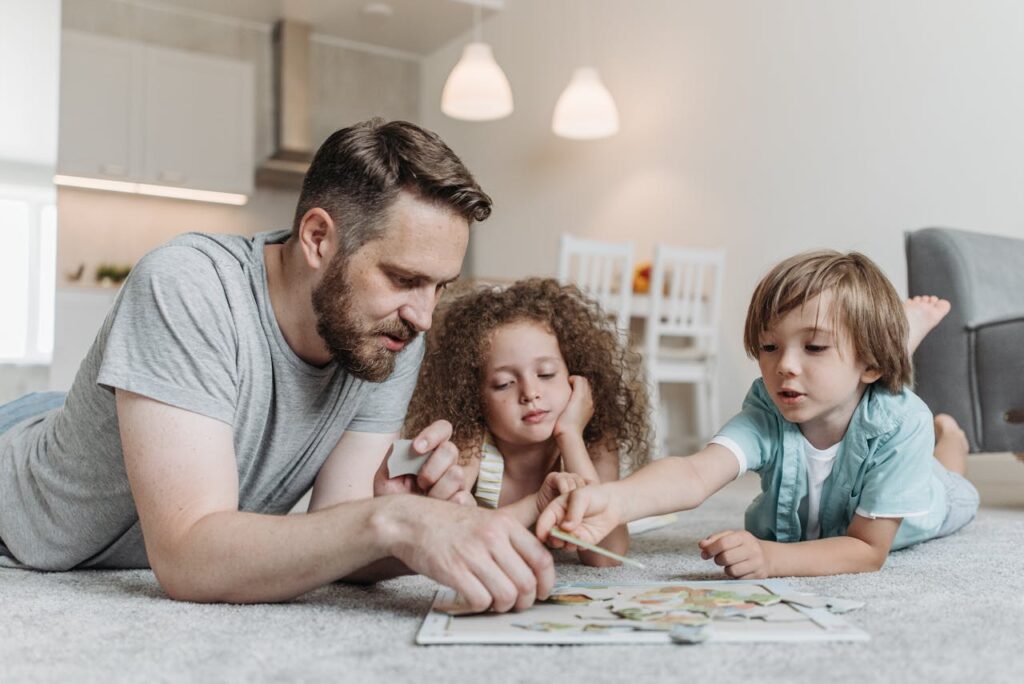
Categories of Puzzles
Inset Puzzles
Jigsaw Puzzles
The difference between both categories is that a jigsaw puzzle involves the pieces connecting while inset puzzle pieces do not connect.
More specifically the puzzles that fall under inset puzzles include knob puzzles, peg puzzles, and chunky puzzles. Those that fall under jigsaw puzzles include farm puzzles, floor puzzles, and 3D puzzles.
Note there are other puzzle types available but these discussed are the types of puzzles that are appropriate for the toddler and pre-school age range.
Here are the 7 Best Puzzles for Kids
If you are looking for puzzles that are fun, educational and age-appropriate for your little one look no further. I am here to provide you with a list of puzzles that your child can use throughout the ages.
Inset Puzzles
- Knob Puzzles
Just like all other inset puzzles knobbed puzzles are non-connecting. They employ the use of large knobs that encourages hands-on play, to place each piece into its correct space. The pieces generally differ in shape, color, and size. This type of puzzle will engage your child’s senses while building fine motor skills as they grasp the knobs and fit them together fine tuning their hand movements.
Perfect for younger children 1 year and older.
- Chunky Puzzles
As the name suggests, it is made up of thick, chunky pieces without any knobs or handles. The pieces are typically thicker than the board so they are better able to pick up and put them into place. This type of puzzle requires the use of the whole hand to strengthen the hand muscles and not just the fingers. They are typically non-connected although a few may be connected. They usually are centered around animals and vehicles. This gives the added educational benefits of learning names and sounds through play.
Best suited 2 years and older.
- Peg Puzzles
Peg puzzles are quite similar to knob puzzles. But instead of a knob, it has a peg for your little one to grasp. The peg tends to be smaller so it increases the difficulty, while further fine-tuning the fine motor skills. They tend to have more pieces than the previous two types.
Peg puzzles are better for preschoolers as they promote early numeracy and literacy because they incorporate numbers and letters.
Amazon.com: Melissa & Doug Classic Wooden Peg Puzzles (Set of 3) – Numbers, Alphabet, and Colors
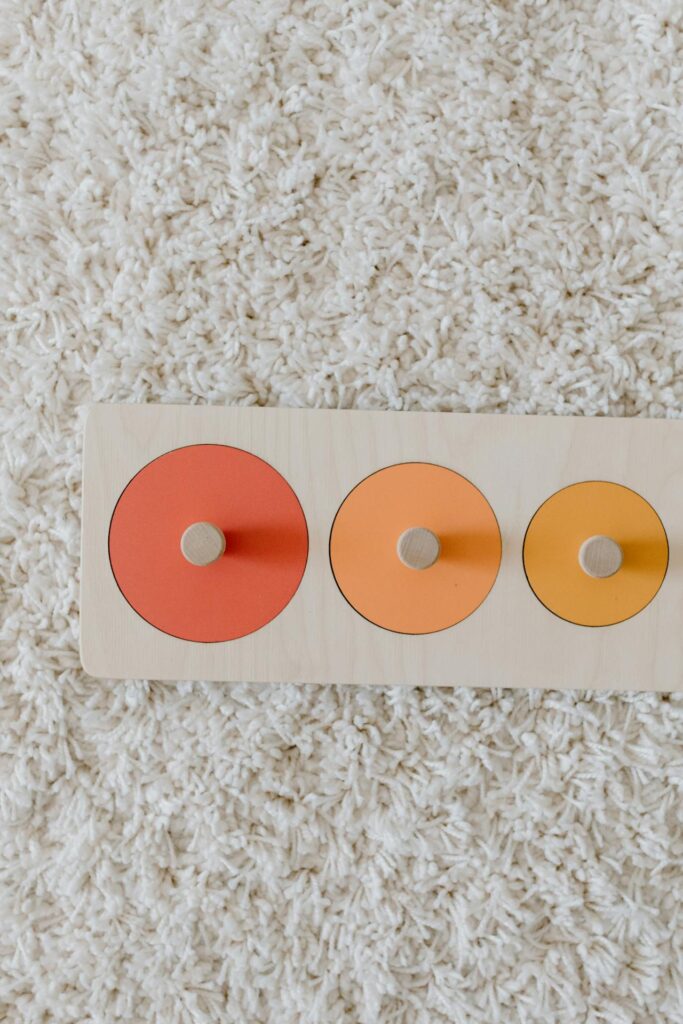
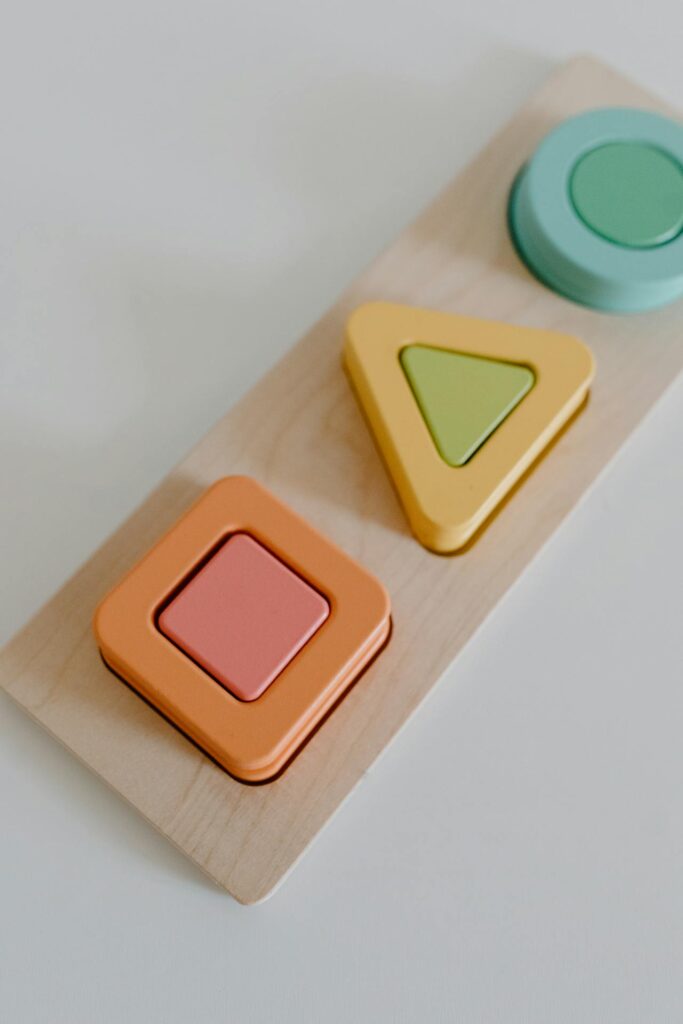
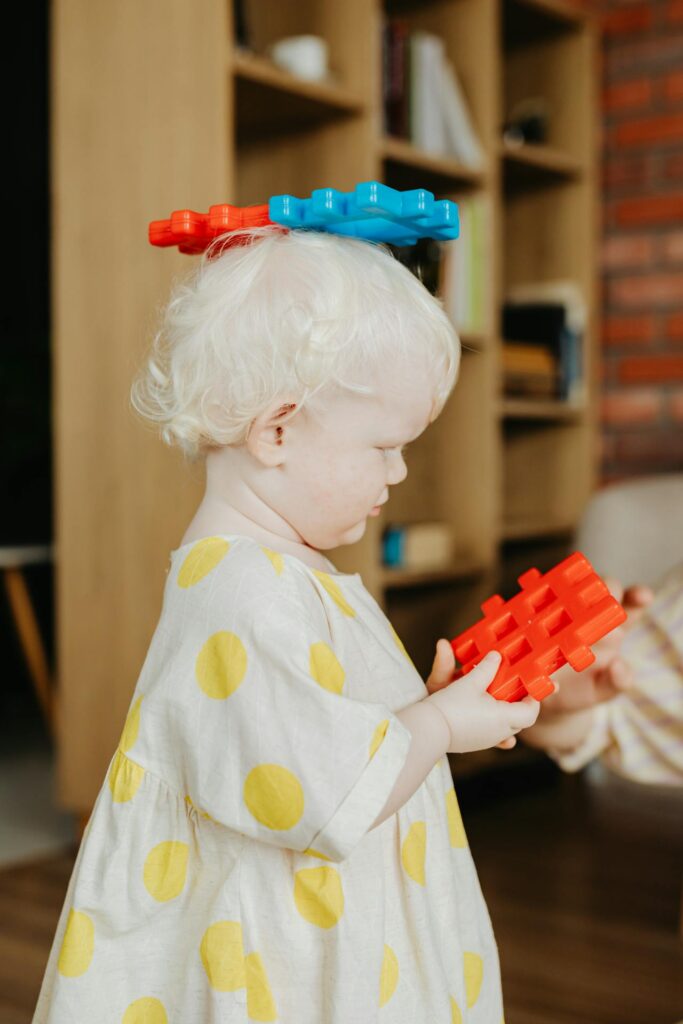
Jigsaw Puzzles
- Frame Puzzles
As the name suggests this type of puzzle fits inside a frame. Frame puzzles are beginner jigsaw puzzles that interlock inside of a frame. This guides the child in the proper placement of pieces.
These are appropriate for preschoolers and kindergarteners.
- Floor Puzzles
As the name implies floor puzzles are assembled directly on the ground. This is increasingly more difficult than the frame puzzles are it doesn’t have a frame to guide them. The pieces are much larger and employ the whole body while putting them together. It is the best to promote problem-solving skills and gross motor skills.
They perfect for preschoolers and kindergarteners.
- 3D Puzzles
The pieces interlock to form three-dimensional structures. These are the most difficult of all the previous ones listed as they require great problem-solving, time, and concentration to complete.
They are best suited for children 7 years and up.
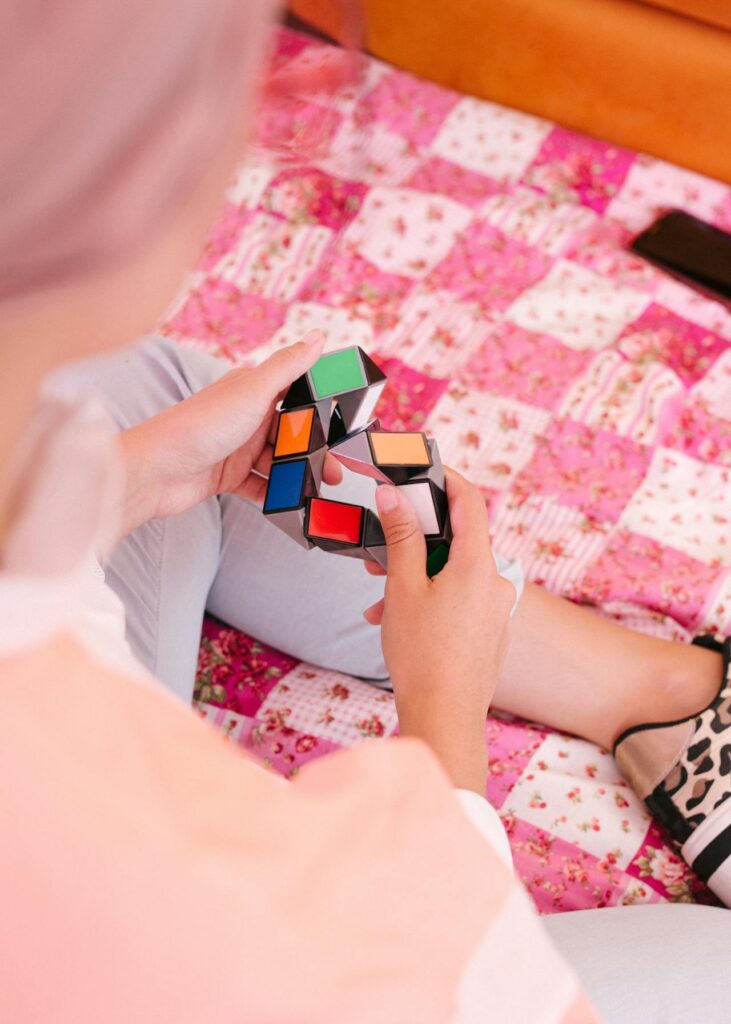
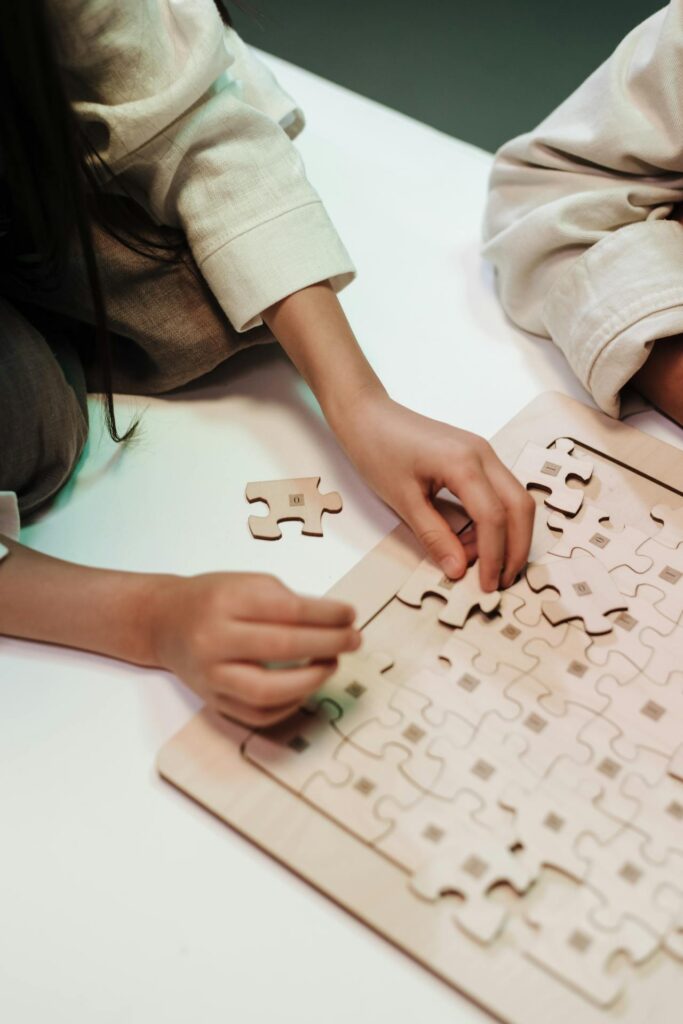
Frequently asked questions:
1. Who makes the best puzzles for kids?
Melissa & Doug is the number 1 puzzle maker for kids.
2. Do puzzles help kids brains?
Puzzles are brainbuilders. They help with critical thinking, and problem-solving skills.
3. What puzzles are good for preschoolers?
Floor puzzles and shape sorters are great for preschoolers.
Conclusion
As I have highlighted above, puzzles come in different category types each offering their benefits for the different age groups. From inset puzzles that introduce the younger kids to basic shapes and concepts to more complex jigsaw puzzles that test the patience and perseverance of older children, there is a puzzle for everyone to enjoy. So pick a puzzle to incorporate into playtime to sharpen the mind, improve problem-solving, and most importantly increase the fun factor.
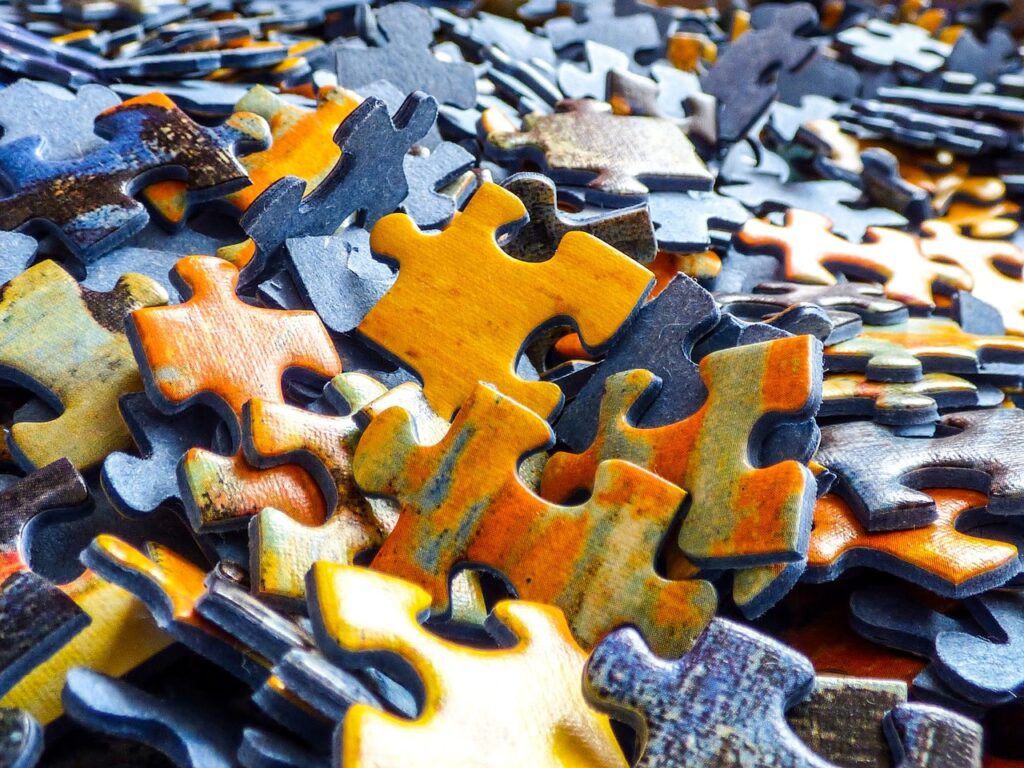
As always, feel free to reach out to me in the contact section if you have any queries or just want to connect!

